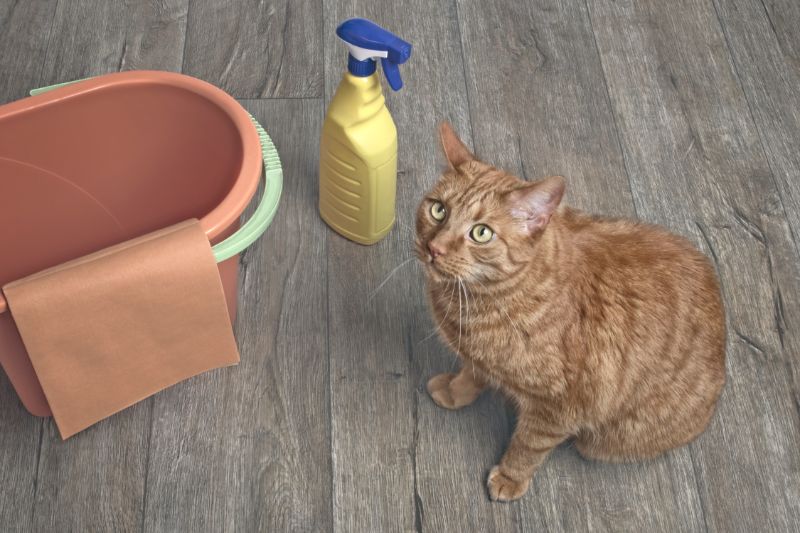Pet Toxin Awareness: How to Safely Store Household Hazards

Keeping your best four-legged pal safe relies on awareness and education about potential pet toxins that are in the home and garage. Knowing what can harm your pet is only the first step – you also need to know how to safely store household hazards.
The team at Beverly Hills Veterinary Associates wants to give our readers an overview of storing toxins for the health and safety of our pet companions.
Pet Toxins in Our Midst
Most of us use a variety of chemicals in our daily lives and their toxicity potential is something we take for granted. Many household cleaners, insecticides, medications, and even the foods we eat can be perilous to our pups and cats.
Common household poisons include:
- Ammonia and bleach
- Detergent and fabric softener
- Toilet bowl cleaners
- Medication, supplements, liquid medication
- Insecticides and rodenticides
- Perfumes, essential oils, and potpourri
- Wood polish
- Paint and paint thinner
- Food like compost, Xylitol, grapes and raisins, garlic, onions, and others
There is an extensive list of toxic plants and foods on the ASPCA’s website that is also informative.
How to Safely Store Household Hazards
Once you are aware of the poisons in your environment, it’s time to act. Do a very thorough sweep of your home and garage, looking for anything that may be a pet poison. To keep your pet safe, follow these simple recommendations to safely store household hazards and other poisonous items.
- Switch to pet friendly products. There are several pet-safe cleaning products on the market now. If they aren’t marked safe for use around pets, use some old-fashioned cleaners, like white vinegar, lemon juice, and baking soda to get a thorough clean without the use of noxious substances.
- Use childproof locks on cabinets where cleaners are stored. Find a single space for household toxins and use a latch or other secure fixture to prevent your pet from opening. You can also store certain products, such as medications, in a medicine cabinet or overhead cupboard that cannot be reached by a pet.
- Secure compost and garbage bins. Cover all trash bins and compost pails. This discourages nosey pets from getting into scraps and other substances.
- Make sure lids are tightly sealed. Containers and sprays should be secured and without leaks or flaws in the lid or cap.
- Rinse out pails and buckets. After using cleaners, make sure to rinse out any bucket you used in the cleaning process and launder rags used for cleaning.
- Use a temperature-regulated shed or storage locker. Place all of your chemicals into a lockable storage shed or locker. Include automotive fluids as well, such as antifreeze/coolant, brake fluid, and engine oil.
Would you like more information on how to keep your fur friend safe from hazardous products? Please contact us to discuss or ask us when you and your bestie visit us at their next wellness examination. We’re happy to answer your questions!
